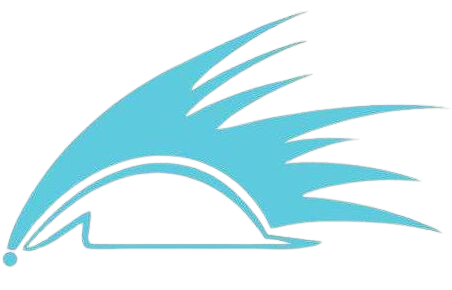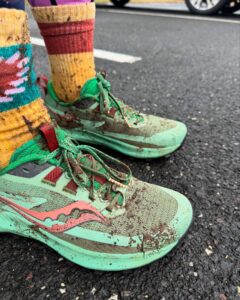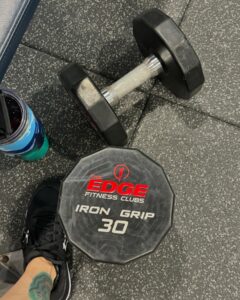There are two types of swim tethers, one that goes around the waist and the other attaches to the ankles. My personal recommendation is the one around the ankles for several reasons:
- The ankle tether allows for correct body rotation. If you are tethered at the waist, you are more limited on the rotation in the pull
- The waist tether can cause incorrect body position. Unless you are able to anchor the waist tether in the pool, the angle of the tether can pull at the lower back, causing the feet to sink and the shoulders to rise. The harder you swim against the tether the more it will pull you incorrectly.

- The ankle tether does not interfere with the kick. With the waist tether depending on where you anchor the tether it can get caught in your kick.
- The ankle tether will allow you to work all aspects of your stroke. You can use swim toys, paddles, kickboard and pull buoy to work through different technique sets.
I recommend you get a tether that is no more than medium tension. The more distance between the anchor point and your swimming, the more flexibility that you will have in the water, the better the body position. I found that being tethered close to the anchor point shortened my stroke and the hand came out of the water too early in an attempt to keep tension on the tether.
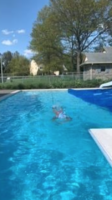
A couple of thoughts:
- Start short: Just like in swim cord work, a little can go a long way. My recommendation is to start with 20 mins or so and get a feel for the tether and the water. It is not the same as lap swimming. You may feel sore in places that you have not when you normally swim. Be VERY mindful of your stroke. What feels different or harder? The goal in tethered swimming is not to create an injury. So shorter sets with feedback in training peaks will allow your coach to give you thoughts on what you might alter.
- For set work. I used rocks at the bottom of the pool. The first one was at my aerobic pace that we determined above. The second one was at my tempo pace, so HIM distance, and the third one was a sprint pace. You can play around with placement of these as you get comfortable with the tether. The goal here would be to work some efforts. Can you get to the farthest rock? How long can you sustain that pace?
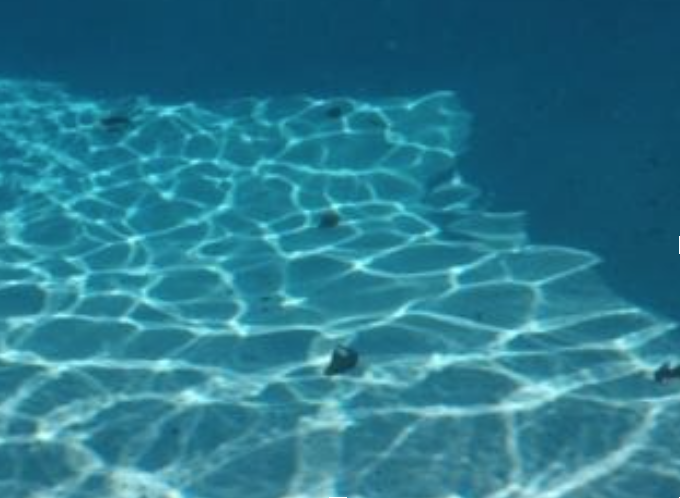
- Depending on the type of pool that you tether in, you make have a lot of movement of water when swimming. The smaller and narrower the pool, the more “waves” you will create. So it may seem like that this type of swimming mirrors OWS swimming rather than lap pool swimming. Take note of your rotation and watch over rotation if you can. This can be great practice in learning to swim in alternate conditions.
- Be mindful of long term soreness. This is a different type of swimming. It may take a little to get used to the tether or you may have to take some time to focus on your form and your stroke.
